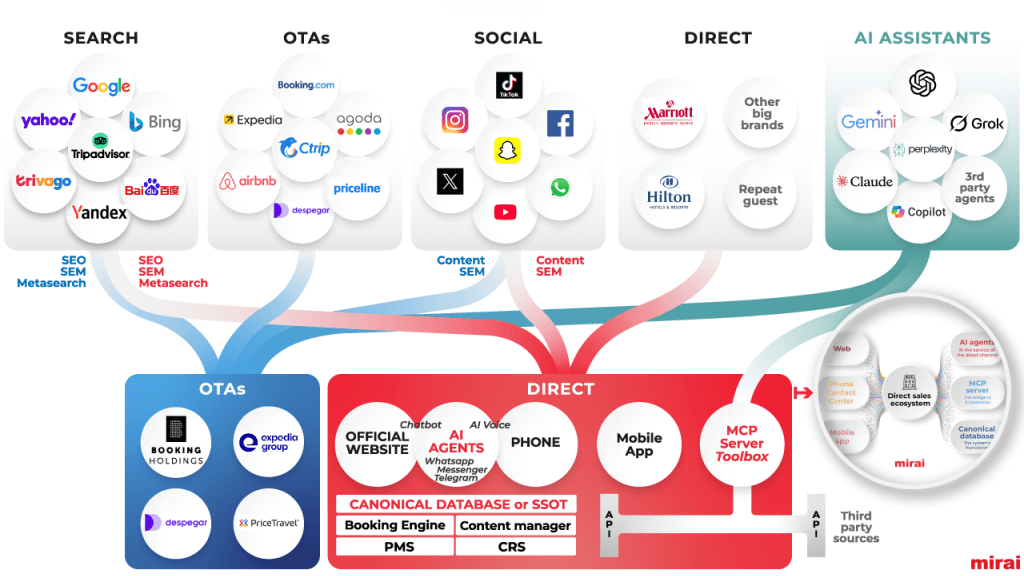
While Google’s latest delay in deprecating third-party cookies in Chrome might offer some reprieve for teams still behind on post-cookies prep, it also underscores the intricate landscape of digital advertising.
NB: This is an article from Sirista
Subscribe to our weekly newsletter and stay up to date
The delay, attributed to “ongoing challenges related to reconciling divergent feedback from the industry, regulators and developers” in a recent Digiday article, emphasizes the need to map the post-cookies landscape.
More than half of marketers are unprepared for a future without cookies — threatening an estimated ad revenue dip of up to 70% — and they’re seeking solutions to fill the gap cookies will inevitably leave. However, forward-looking teams are now using the extended timeframe to further prepare for the end of third-party cookies instead of waiting until the last minute. They’re auditing and testing their current setups, analyzing multiple post-cookie solutions and focusing more on first-party data.
Teams are auditing business functions to identify those most reliant on cookies
Conducting a third-party cookie audit can help maintain a competitive advantage. By better understanding current cookie profiles, marketers can strengthen their flexibility for whatever lies ahead.
During the audit process, ad teams review current targeting and personalization strategies, ad delivery systems and data management practices to identify third-party cookie dependencies. Metrics that can help in this process include the percentage of ad spend dependent on cookies, the volume of data reliant on third-party sources and the performance metrics of cookie-based campaigns.
The first step requires teams to define efficiency.
“Efficiency for some people means, ‘How do I make more money? How do I move faster?’” said Henry Olawoye, vice president of audience solutions at Stirista. “Things are always moving forward, so you need to think ahead for the future. Put someone in your organization in charge of a task force that meets regularly. Set goals, outline your objectives and cross them out as you move toward the goal, and that will help ensure your team is ready for the official post-cookie landscape.”
Once marketers have their list, it is essential to the process to set priorities in the areas that contribute most significantly to the organization’s marketing goals and understand what keeps the business afloat and makes it the most money.




